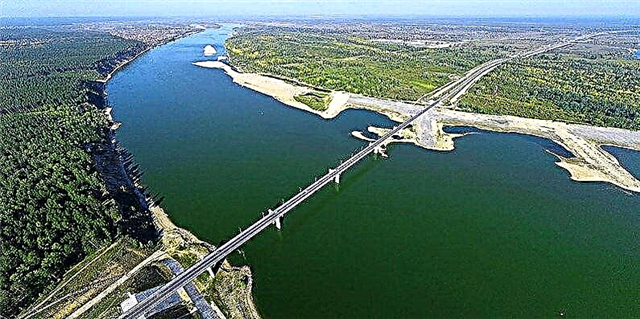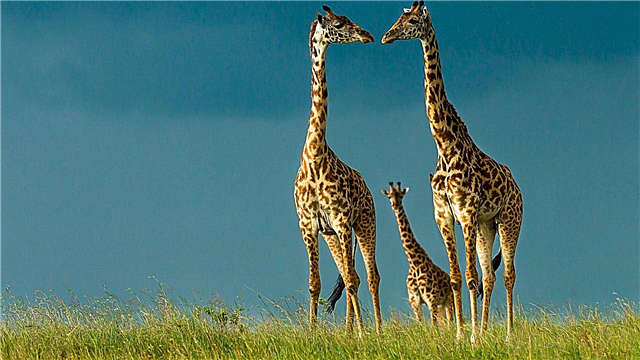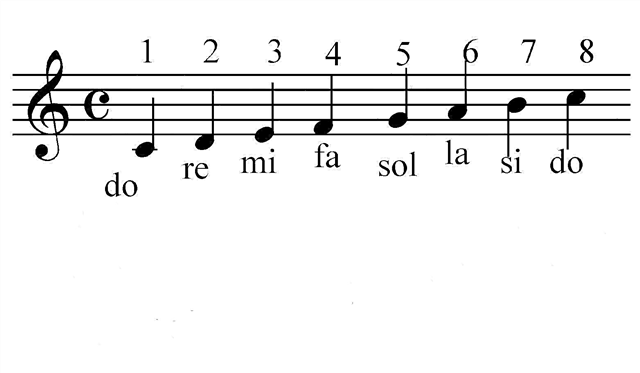
The Bering Strait is located between Eurasia and North America, accounting for 86 km in breadth between the extreme points of these continents (Cape Dezhnev and Cape Prince of Wales, respectively).
The strait borders in the north with the Chukchi Sea, which enters the Arctic Ocean; in the south - with the Bering Sea, which is part of the Pacific Ocean. The average depth ranges from 30 to 50 meters.

The geographical position of the Bering Strait and its length, which connects the Western and Eastern hemispheres, is impressive. However, it is no less interesting how the strait was formed and, most importantly, why is it called so? To find out, you need to turn to history.
Interesting fact: Since the end of the 19th century, scientists have put forward proposals for the construction of a bridge across the Bering Strait or an underground tunnel to connect the Chukchi Peninsula and Alaska.
Land bridge
On the site of the Bering Strait, during the last stage of the Ice Age, a land bridge (the Bering Isthmus) was formed, which stretched about 1600 km from north to south. This was due to the fact that during the Pleistocene ice age a large amount of water accumulated in the glaciers of the Arctic, which led to a drop in sea level and the appearance of land on the shelf. For thousands of years, the seabed of many interglacial shallow seas has risen, including the Bering Strait, the Chukchi Sea in the north and the Bering Sea in the south.After the end of the last cycle of the ice age, when the glaciers began to melt, the sea level rose and the land bridge went under water. Thus, a strait formed on the site of the land bridge and the path from Asia to America was closed.

The grassy steppe, including the land Bering Isthmus, stretching hundreds of kilometers to the Eurasian and North American continents, was called Beringia. During the ice age, this area did not freeze, because it was a rain shadow and the southwestern winds of the Pacific Ocean lost moisture over the icy Alaskan ridge.
People (Paleo-Indians) and animals migrated from Asia to North America through the Bering Isthmus about 25 thousand years ago and founded settlements originally in Beringia, and then settled on the American continents. The modern territory of Beringia includes the Bering Strait, the Chukchi Sea, the Bering Sea, the Chukchi and Kamchatka Peninsulas, as well as Alaska.

Interesting fact: From October to July, the surface of the Bering Strait is covered with drifting ice, the average thickness of which is 1.2-1.5 m. In some areas, ice remains all year. The water temperature in the Bering Strait in winter is about 2-3 ° C below zero, and in summer the surface layer of water reaches from 7 to 10 ° C above zero. Winter in the region is a season of severe storms.
Islands in the Bering Strait
On the territory of the Bering Strait, which in ancient times was a land bridge, in modern geography, land is represented by islands. The Diomede Islands, located in the central part of the Bering Strait, include two rocky islands,which are 4 km distant from each other: Small Diomede (Kruzenshtern Island), belonging to the USA, and Big Diomede (Ratmanova Island), which is the territory of Russia. Between the islands of Diomede, which lie in the middle of the strait, stretches the border between Russia and the United States and, in addition, the International Date Line.
The American island of Fairway is located less than 15 km southeast of the islands of Diomede. In the southern part of the Bering Strait is the island of St. Lawrence.
Discovery of the Strait

In 1648, the expedition of the Russian navigator and explorer Semyon Ivanovich Dezhnev first sailed through the Bering Strait. Simon Dezhnev went around the eastern tip of Asia (Cape Dezhnev), discovered the islands of Diomede, reached the Anadyr River. He founded the Anadyr prison. However, the results of the expedition of S. I. Dezhnev did not become public. Initially, it remained unknown and the seafarer's route was not used. Simon Dezhnev is considered the discoverer of the Bering Strait. Passing it along the entire length (from north to south).
Vitus Bering's research

In 1725, the Danish naval officer, serving in the Russian naval service, the cartographer Vitus Jonassen Bering was appointed Tsar Peter I captain of the First Kamchatka Expedition (1725-1730). The purpose of which was to find new unexplored lands, map them and establish whether the coasts of Asia and North America converge. In 1728, Bering, searching for the North American coast, heading from the Kamchatka Peninsula to the north, crossed the strait and discovered the Chukchi Sea.Mariners have received evidence that the Eurasian and North American continents are not connected by land.

Thus, Vitus Bering explored the Bering Strait and proved that Asia and North America were separated by sea. During the Second Kamchatka Expedition (1733-1741), Bering managed to reach the North American coast and discover the islands of the Aleutian Ridge.
Interesting fact: The English navigator and discoverer James Cook at the end of the XVIII century gave the Bering Channel the name, expressing admiration for the accuracy of the maps compiled during the voyages of Vitus Bering. In addition to the Bering Strait, the name of Vitus Bering also has the names of other natural objects: the Bering Sea, the Bering Glacier, Bering Island, Cape Bering, as well as the Bering Isthmus and the historical region of Bering.

Thus, the Bering Strait, located between the Chukchi Peninsula and Alaska, in 1648 was discovered by the Russian researcher Semyon Dezhnev. The strait was named after the Danish cartographer, officer of the Russian Navy Vitus Bering, who sailed across the strait in 1728, went to the Chukchi Sea and proved that Asia and North America had no land connection.
During the last ice age cycle, there was a land bridge (the Bering Isthmus) on the territory of the Bering Strait, which appeared due to a decrease in the level of the World Ocean and the accumulation of water in Arctic glaciers. This historic land area, known as Beringia, was the first way people settled in America.
Bering Strait - interesting video












